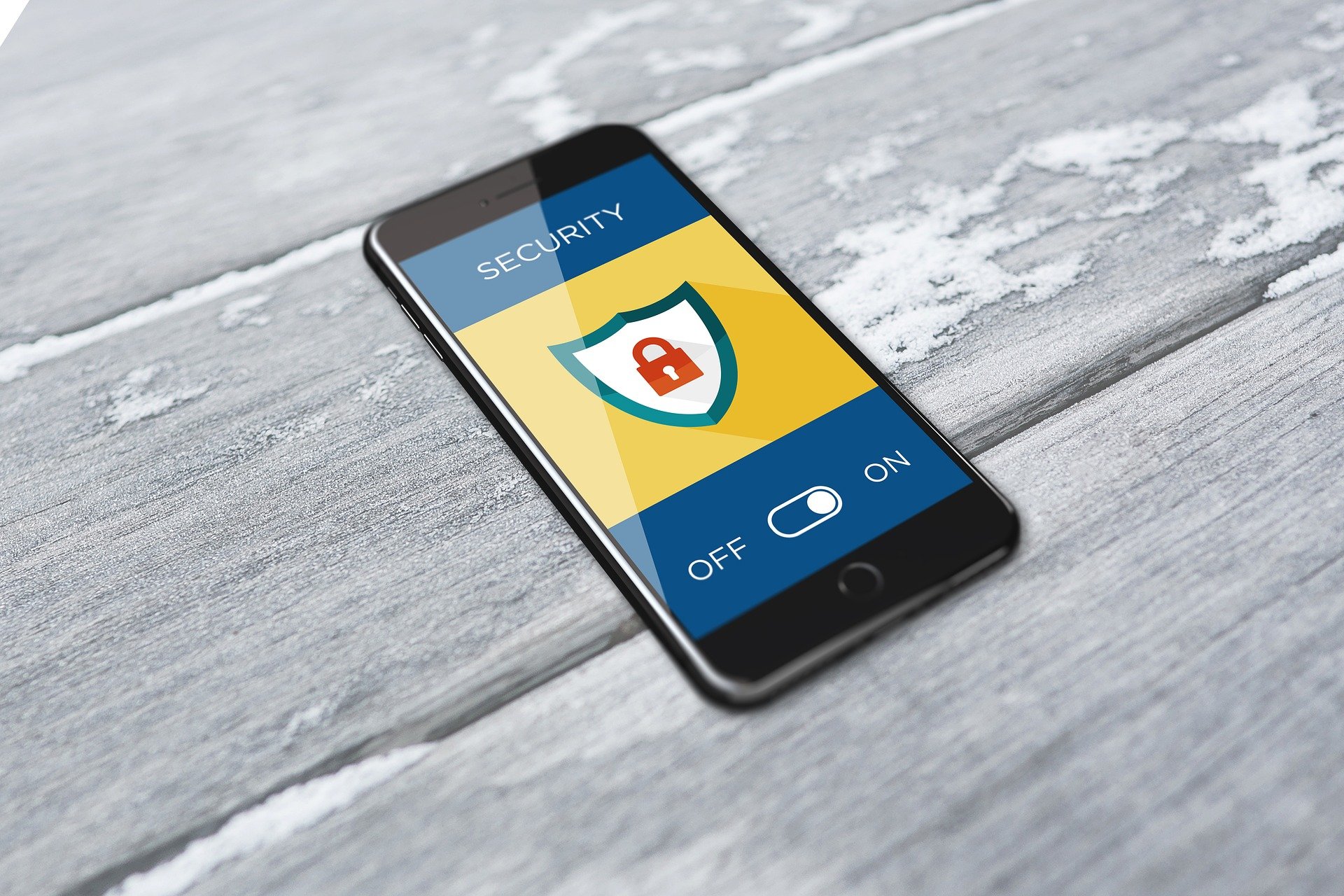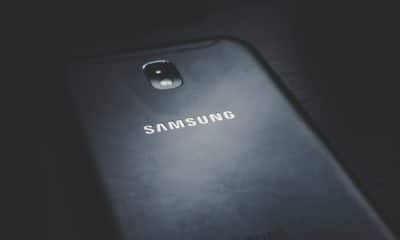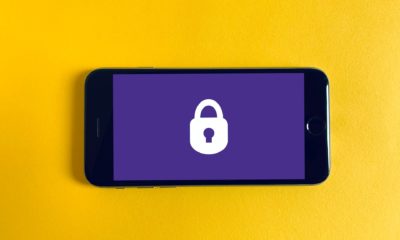Phones
5 Tips To Supercharge Your Smartphone Security

We live in a digital era where hackers and data breaches are a constant threat. Protecting your sensitive data is a top priority for everyone, but it’s hard to stay vigilant. No longer can we trust our smartphones to be safe from malicious attacks. Malicious software and apps have become more sophisticated and developed over time, so keeping your device protected has never been more critical.
If your phone is stolen, all your information could be exposed to hackers and other cybercriminals who want to exploit you for financial gain. Smartphones are expensive investments, and their security should be taken seriously from day one. So check out these ten tips for quickly protecting your phone from hackers, burglars, and other criminals—all while keeping it as convenient as possible!
Protect Yourself From The Dangers of Smartphones
First of all, beware of pop-ups. If a window unexpectedly opens while browsing, be sure to click on things carefully- you probably don’t want to install a rogue app that promises to remove malware from your phone. Always check the access rights of the applications. Delete cookies and company regularly as a precaution to staying safe online. For both Chrome and Safari browsers, to clear your browser data, go to the Settings menu and look for Data protection followed by Clear browser data or Clear history and website data.
Lock the screen
You should use a screen lock on your phone to protect from unknown access from unidentified people. It would help if you always use a longer PIN. Alternatively, you can assign a password. It should consist of a combination of uppercase and lowercase letters, numbers, and special characters. Always keep your PIN or password separate from your smartphone, as they could be hacked into quite quickly if they were on it.
Encrypt data
A hacker can read your smartphone despite the code lock. Therefore, sensitive data must always be encrypted. If smartphones themselves don’t offer such a feature in the onboard resources, one must be activated in the settings. For encryption to work and stay enabled, your phone must not be disconnected from the network. If it does, then it will lose any encrypted data that you’ve got on there. To keep this from happening, open “Settings” and go to “Security,” where you’ll find the option for encrypting your device.
Regular backups
We recommend backing up your smartphone to the cloud, so all the data is safe – this also makes it easier to get back any missing information in case of an emergency. You can find the backup function in the “Backup and reset” settings on Android devices. Apple users should look in iCloud under their Settings App. It’s important to remember that storage sizes are often limited, so you might need to delete old data to make space for new ones.
Download and install updates
To keep your computer and programs healthy, both the operating system and applications must be updated. Updates will often include patches for recently-discovered security vulnerabilities that might allow potential attackers to take control of your device or personal information. Make sure that you download the latest updates when they are released & then install them immediately. Change your device settings so that security updates are downloaded automatically for maximum mobile security on Android and iOS.
Be careful with wireless network
Public hotspots give you the benefit of less data usage, but be aware that the network operator can access your information transmitted. Never do anything sensitive or private (like bank transactions) over a public wireless network. These places are often unsecured, and your information could get stolen by hackers – when you’re not even aware of it!
-

 Business5 months ago
Business5 months agoBest Technology Companies To Work For: 10 Top Picks For You
-

 Business5 months ago
Business5 months agoLatest Developments In Artificial Intelligence: 5 Best Breakthroughs
-

 Development and Hacking5 months ago
Development and Hacking5 months agoEmerging Technologies In Cyber Security: Full Guide In 2025
-

 Phones5 months ago
Phones5 months agoFind My Phone Using Google Account: Full How To Guide (5 Steps)
-

 Business4 months ago
Business4 months agoBest Tech Cities In The US: 7 Opportunities You Shouldn’t Miss Out
-

 Phones4 months ago
Phones4 months agoFind Samsung Phone: 6 Great Ways To Find Lost Or Stolen Device
-

 Phones3 months ago
Phones3 months agoAll Google Apps: Ultimate Guide For The Most Useful Ones (2025)
-

 Phones3 months ago
Phones3 months agoSwitch From iPhone To Android: 7 Reasons For Switching Sides






























